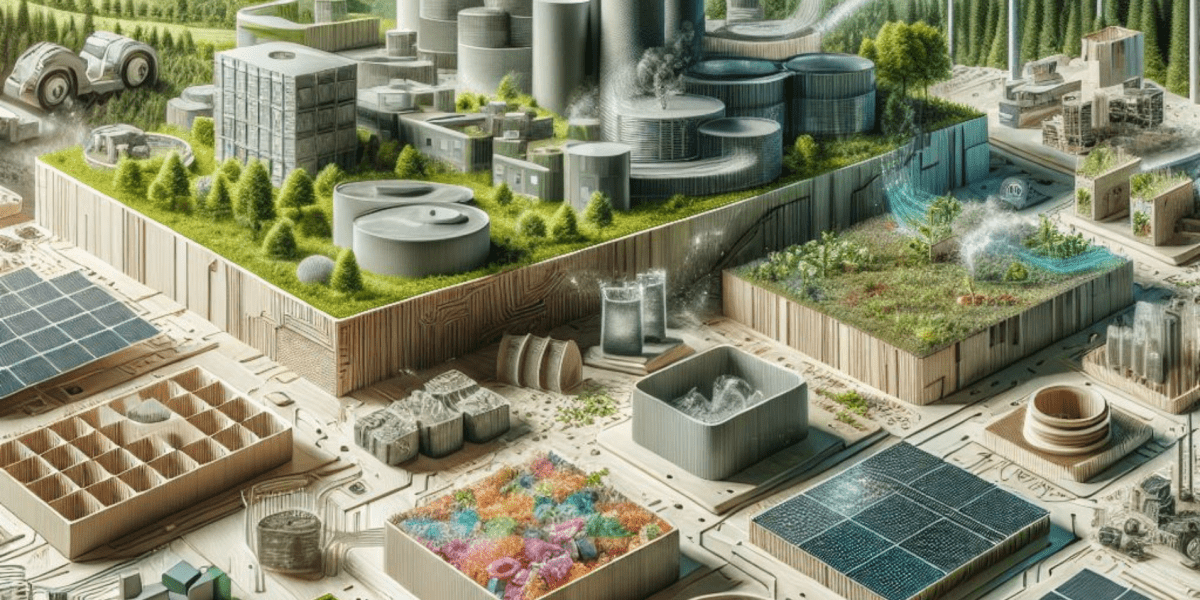Sustainable Solutions: Materials for a Greener Tomorrow
In the face of climate change and resource depletion, the materials we choose to build our world matter more than ever. From the concrete in our cities to the plastics in our packaging, the future of sustainability lies in rethinking what we’re made of. Let’s explore some of the most promising materials shaping a greener tomorrow.
Carbon-Storing Concrete: Building with the Atmosphere in Mind
Concrete is the most widely used construction material—and one of the most carbon-intensive. But innovators are flipping the script with carbon-storing concrete. These advanced formulations absorb CO₂ during curing or incorporate captured carbon into the mix, effectively turning buildings into carbon sinks.
Why it matters:
- Reduces the carbon footprint of construction
- Enhances durability and strength
- Supports circular carbon economies
Biodegradable Polymers: Plastics That Return to Nature
Traditional plastics can take centuries to decompose. Enter biodegradable polymers—materials designed to break down naturally in the environment. Derived from renewable sources like corn starch or algae, these plastics offer a sustainable alternative for packaging, textiles, and even medical devices.
Key benefits:
- Lower environmental persistence
- Reduced reliance on fossil fuels
- Compostable under the right conditions
Engineered Wood: Strong, Stylish, and Sustainable
Modern engineered wood products like cross-laminated timber (CLT) are revolutionizing architecture. These materials are not only renewable but also store carbon throughout their lifespan, making them a compelling alternative to steel and concrete in mid-rise buildings.
Why it’s gaining traction:
- Lightweight yet strong
- Lower embodied energy
- Aesthetic appeal with eco-credibility
Mycelium Materials: Grown, Not Manufactured
Mycelium—the root structure of fungi—is being used to create everything from packaging to leather-like textiles. These materials are grown in molds, require minimal energy, and are fully compostable.
Cool factor:
- Naturally fire-resistant and insulating
- Grown from agricultural waste
- Biodegradable and regenerative
Graphene and Green Nanomaterials: Tiny Tech, Big Impact
While still emerging, green nanomaterials like graphene are showing promise in energy storage, water purification, and lightweight composites. When produced sustainably, they could unlock new efficiencies across industries.
Potential applications:
- Solar panels and batteries
- Smart textiles
- Lightweight, high-strength materials
The Road Ahead
Sustainable materials are more than a trend—they’re a necessity. As industries and consumers alike demand greener options, innovation is accelerating. Whether it’s carbon-negative concrete or compostable packaging, the materials of tomorrow are being designed with the planet in mind.
At Flaney Associates, we empower industries to build a future where sustainability is the foundation, not an afterthought. Learn more at FlaneyAssociates.com.
For more information or if you have any questions, please contact the author.

